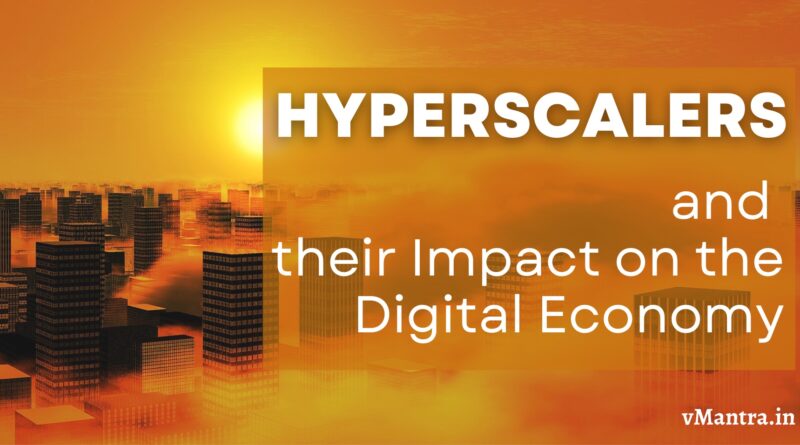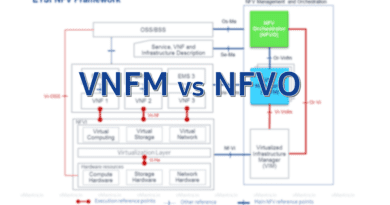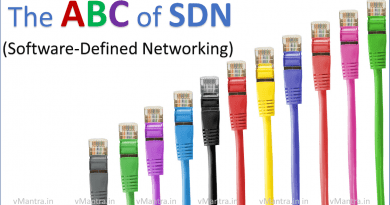Hyperscalers and Their Impact on the Digital Economy: A Comprehensive Analysis
In This Article
The digital economy is rising, and Hyperscalers are a key part of that growth. Hyperscalers are companies that have developed swiftly to become the largest and most powerful players in the digital economy. These companies have built massive data centers all over the world to store, process, and analyze huge amounts of data. Companies like Amazon, Google, Microsoft, and Facebook are just a few names on that list. Companies like these are having a huge effect on the digital economy, opening the door for previously unimaginable industries and revolutionizing existing ones. This blog article will examine Hyper-scalers in more detail and discuss how they affect the digital economy.
Hyperscalers and their role in the digital economy
Hyperscalers are large-scale, on-demand cloud infrastructure service providers such as Amazon Web Services, Microsoft Azure, and Google Cloud Platform. These companies have achieved immense scale, offering their customers an extensive range of services via geographically distributed datacenters located around the world. While they each have slightly different offerings, in general, they provide an effective way to store large amounts of data and incredible computing power on demand.
Hyper-scalers allow start-ups and established organizations to access the resources needed for their businesses, making them an integral part of the digital economy. They are a major factor in enabling businesses to develop modern applications quickly, take advantage of the latest technologies like Kubernetes and AI/ML capabilities, and meet growing customer demands faster and more cost-effectively while still achieving scalability at the same time.
The rise of Hyperscalers
The exponential growth of data over the past decade has been a key factor in the success of the new breed of tech companies known as “Hyperscalers.” It’s hard to believe how fast new data is being generated. By 2025, it’s expected that 463 exabytes of data will be generated every 24 hours around the world (ref: Raconteur). This data originates from a wide range of sources, some of which are social media platforms, e-commerce platforms, Internet of Things devices, and others.
To process and analyze this data, companies need massive amounts of computing power. This is where hyperscalers come in. They have built data centers that can handle huge volumes of data, using a combination of powerful processors, storage systems, and networking infrastructure.
How Hyperscalers are changing the way businesses operate
Hyperscalers are revolutionizing the way businesses operate. By providing cost-effective and unprecedented scalability, these cloud infrastructure giants allow companies to cater to an ever-expanding customer base without sacrificing cost-efficiency or speed of delivery.
Rather than renting or buying hardware, enterprises prefer leveraging cloud services’ capabilities from tech giants like Amazon and Microsoft to access resources quickly and efficiently.
Through hyper scalers, businesses can rest assured that they won’t be impacted by an unmanageable cost structure or their inability to rapidly scale their services as needed. This way, hyper-scalers have entirely redefined the landscape for business operations in the modern world.
Benefits of Hyperscalers
One of the most significant benefits of hyper-scalers is their ability to offer services at a lower cost than traditional IT infrastructure. By leveraging economies of scale, hyperscalers can provide cloud computing services that are much cheaper than building and maintaining an on-premise data center. This has made cloud computing available to small and medium-sized businesses that otherwise could not have afforded it.
Another benefit of hyperscalers is that they provide greater scalability and faster completion times, allowing businesses to react quickly to market shifts with fewer resources. With traditional IT infrastructure, companies need to plan and build for peak demand, which can be costly and inefficient. With cloud computing, companies can quickly scale up or down their computing resources as needed, paying only for what they use. This makes it easier for companies to manage their computing resources and respond to changes in demand.
Additionally, hyperscalers are generally easier to deploy and manage than other solutions. All in all, hyper-scalers are known for having reliable performance and robust security features that make them ideal for many business use cases.
and some concerns…
As we know that there are only 3-4 big players in the market, and sometimes, it raises the concern that this level of less competition could slow down innovation. Also, since more and more customer data and applications are moving to hyper-scaler platforms, it can be issues related to privacy and data security. However, Hyperscalers companies are very serious about this and have taken many steps to address these concerns. Like, they are investing heavily in security and compliance measures.
Predictions for the future of the digital economy and how hyperscalers will shape it
The rise of hyperscalers will undoubtedly hasten the future growth of the digital economy, which has risen rapidly in recent years. As these large technology companies learn to optimize their cloud services, they’ll start to establish themselves as the cornerstones of this new economy. In the next few years, They can influence more areas of our lives, including bills payment, ordering groceries, and accessing healthcare information. Hyper-scalers are expected to have a pivotal role in helping to streamline systems and processes formerly handled by businesses, governments, and other organizations.
As we move towards increased automation, AI development will be a key factor in ensuring these processes run smoothly. Ultimately, this new world shaped by hyperscalers could potentially lead us into a new dawn of economic prosperity.
Conclusion
In conclusion, we’ve explored the impact of hyper scalers in the digital economy, the benefits and concerns associated with the growth of their presence, and some predictions for their future. Hyperscalers are already having a dramatic effect on business operations, enabling greater scalability, flexibility, cost savings, and data security than commonly deployed server-based models. However, businesses must take this opportunity to innovate as they navigate hyperscalers’ unique and fast-evolving ecosystem.
The potential benefit versus risk must also be weighed when considering any venture involving hyperscalers. As their presence continues to expand in the coming years, only one thing is sure: the digital landscape will look fundamentally different than before. Sharing and subscribing to this blog can help equip you with new knowledge and insights about the power of hyperscalers in the digital economy.
Thanks!!
Check out some more blogs:
- The ABC of SDN (Software-Defined Networking)
- Deploying AWS Greengrass on VMware vSphere
- VNF Manager vs NFV Orchestrator (VNFM vs NFVO)
- Network Functions Virtualization (NFV)
- What is Hyper-Threading?
- Data Center 101: Choosing The Right One For Your Business
- OpenStack Stein ready for 5G, NFV and MEC
hyperscalercloud.online aws greengrass, azure hyperscaler, azure sql database, hyperscale service tier, service tier, sql server database, serverless compute tier, azure sql database hyperscale, service tiers




